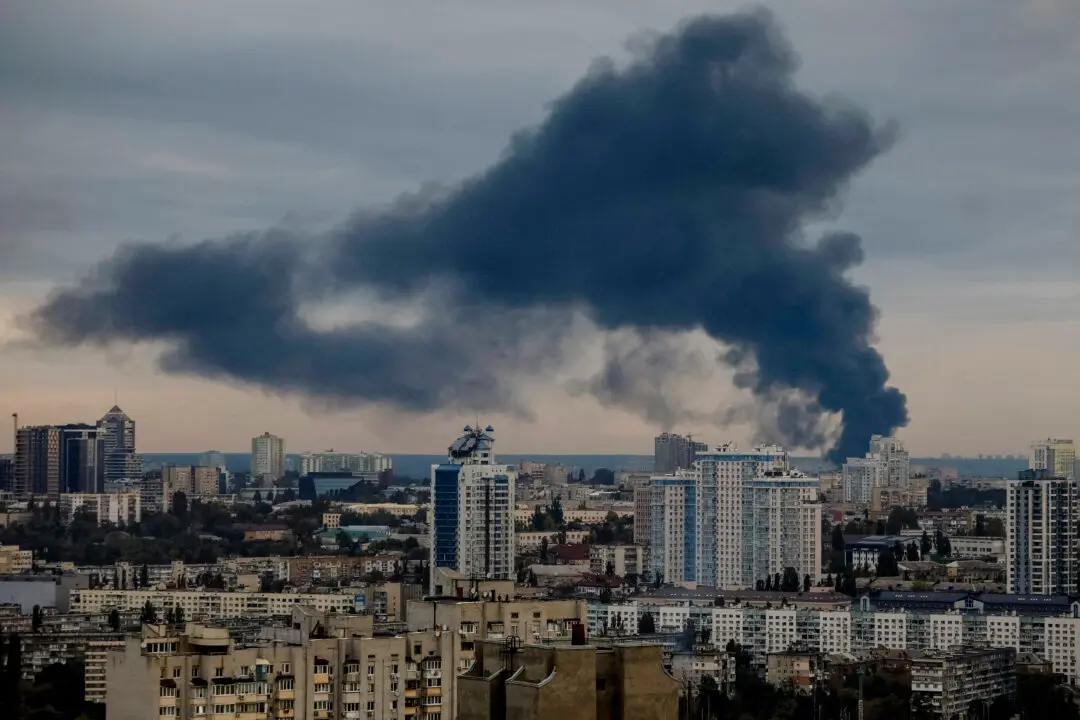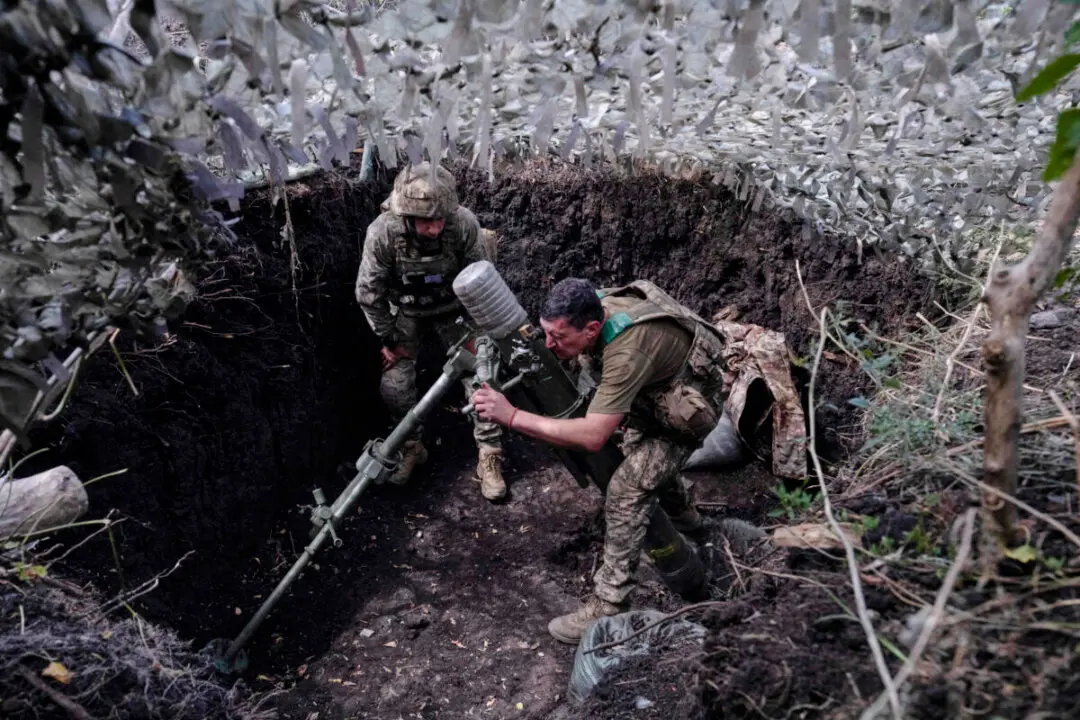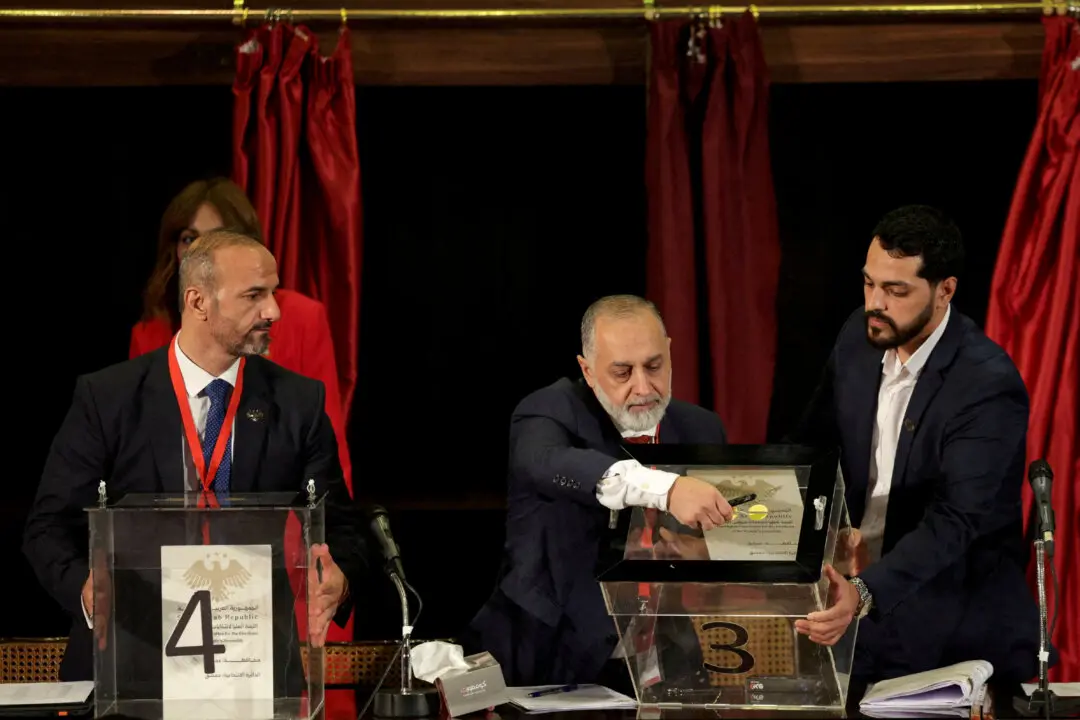Moscow’s ambassador to the United States repeated claims on Nov. 9 that Ukraine intends to stage a nuclear “provocation” involving a “dirty bomb” with the aim of blaming the fallout on Russia.
Anatoly Antonov was cited by Russia’s TASS news as claiming that Kyiv would “make the provocation look like the use of a tactical nuclear weapon by Russia” in order to “drag the United States and NATO directly into the conflict.”





